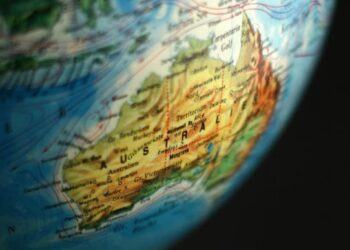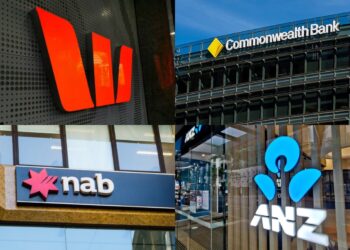Headline inflation slowed to 5.6 per cent in the 12 months to 31 May 2023, defying market expectations of a 6.1 per cent rise.
The result was largely driven by a sharp drop in automotive fuel costs, which fell 8 per cent over the period.
HSBC chief economist Paul Bloxham said the May CPI index was “good news” for Australia.
“…A clear downward trend in inflation is emerging,” he said.
The monthly CPI indicator peaked at a y-o-y rate of 8.4 per cent in December 2022 and is now running at 5.6 per cent. Comparing three-month intervals, the three-month annualised rate has fallen from 11.1 per cent in December 2022 to 3.7 per cent in May.
“…In short, it’s too early to declare victory in the inflation fight, but the end is looking nearer.”
The S&P/ASX 200 jumped 53 points following the release of the CPI data, which has sparked hopes of a pause to the Reserve Bank of Australia’s (RBA) monetary policy tightening cycle.
The central bank’s decision to lift the cash rate by an additional 25 bps in June prompted a widespread revision of monetary policy projections, with observers pricing in at least one further hike in the coming months.
But minutes from the June meeting revealed the RBA’s decision was “finely balanced”, suggesting any future evidence of disinflation could prelude a pause to its tightening cycle.
According to Robert Carnell, regional head of Asia-Pacific research at ING Economics, May’s “dramatic” CPI result should all but lock in a pause.
“If the June Reserve Bank of Australia rate decision was a finely balanced one, pushed over the edge by a spike in April’s inflation to 6.8 per cent, then by the same logic, the plunge in inflation in May should result in a ‘hold’ decision in July,” he observed.
“…With only retail sales and home loan data due before the next RBA decision on 4 July, it looks extremely unlikely that governor Lowe and his colleagues will be able to do anything other than hold rates steady at that meeting.”
Commonwealth Bank economist Stephen Wu agrees the May result “increases the chance of an on-hold decision” in July but added given recent volatility in the monthly CPI index, the RBA would place more weight on the quarterly trend.
“At this stage, there is a chance the Q2 23 CPI headline number prints lower than the RBA’s implied inflation profile of 1.1 per cent,” he added.
The CBA’s base case is for a 25 bps hike in August, which would take the cash rate to 4.35 per cent, but stressed a hike in July may still be on the cards based on evidence of an uptick in rents and market services.
Despite the CPI improvement, ANZ Research continues to expect the Reserve Bank to lift rates in both July and August, given resilience in the labour market and upward pressure on wages.
“Strong labour market momentum, including employment growth of 143,000 in the three months to May and an unemployment rate of 3.6 per cent, adds to the case for a cash rate increase in July.”
“…Other recent economic data that could offset optimism from the encouraging headline monthly CPI result include: the rapid increase in unit labour costs in the year to Q1 2023; future increases in electricity prices; and ongoing wage increases. We also know that petrol prices rose in June, which will be an offsetting factor after the 6.7 per cent m/m decline in May.”
The latest retail trade and housing finance data, due to be released over the next week, are also tipped to weigh on the RBA’s July monetary policy decision.







